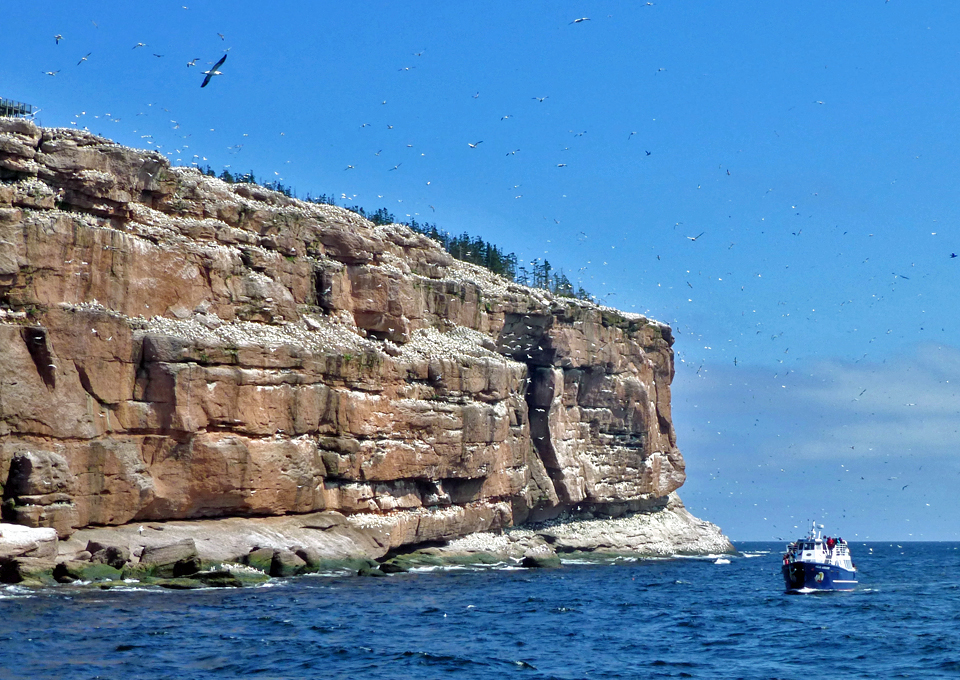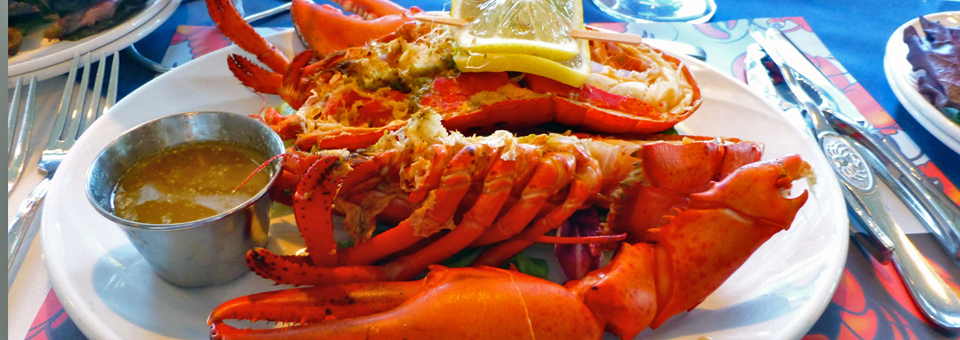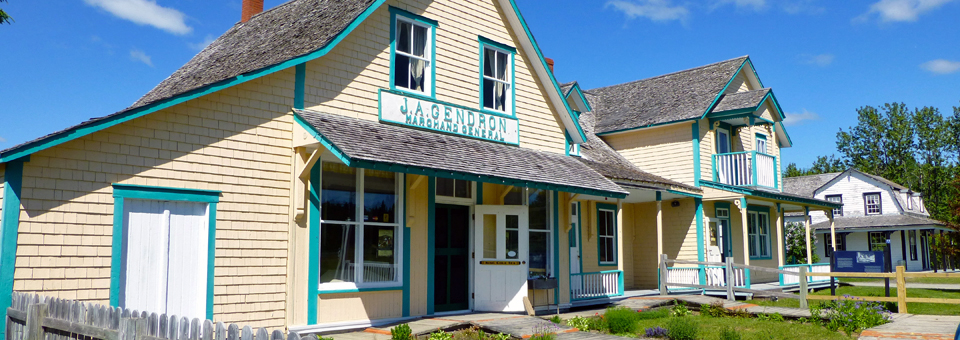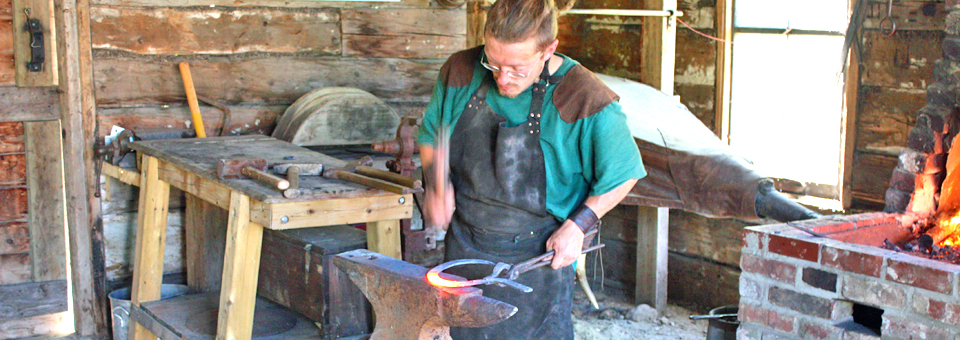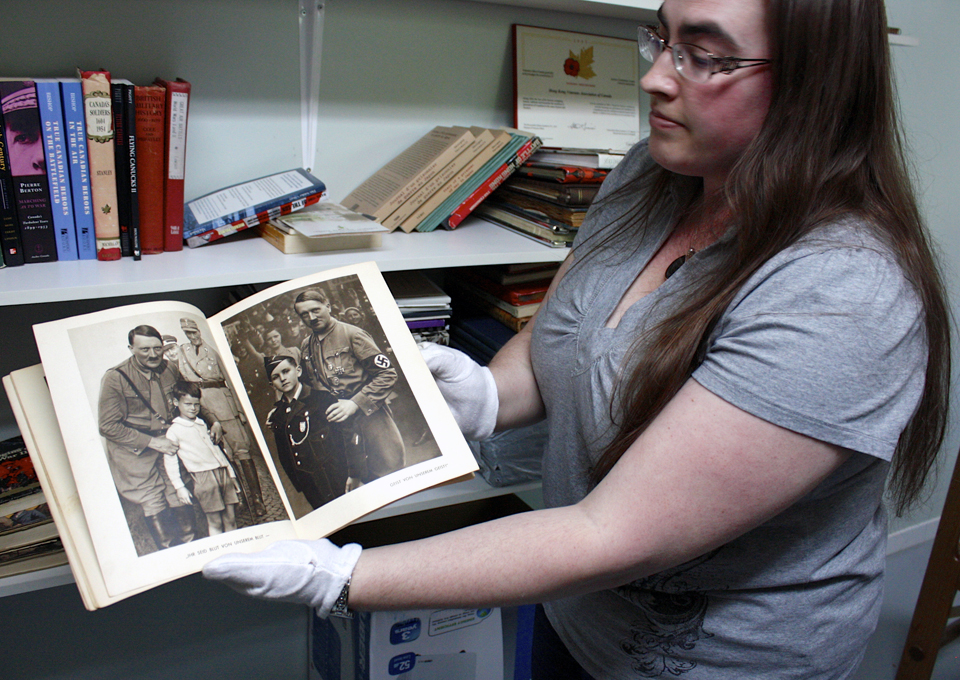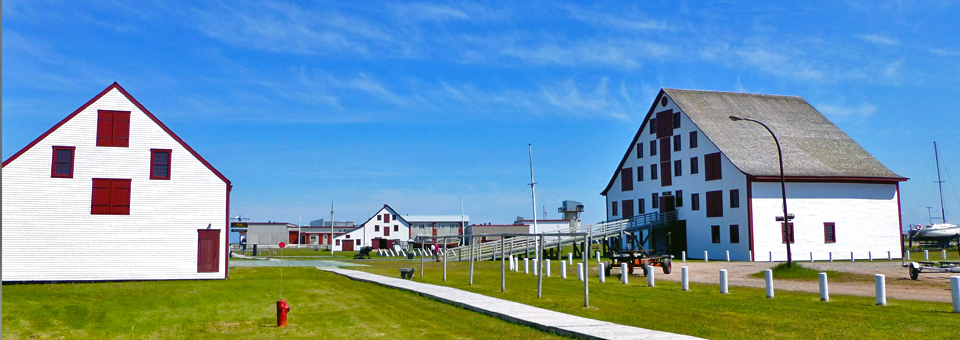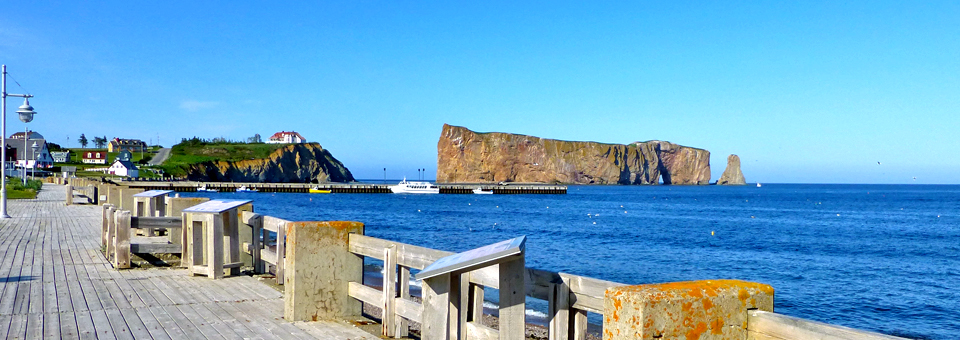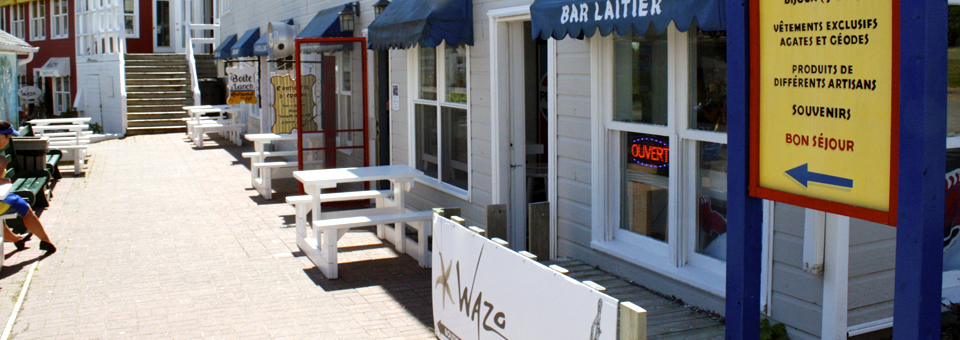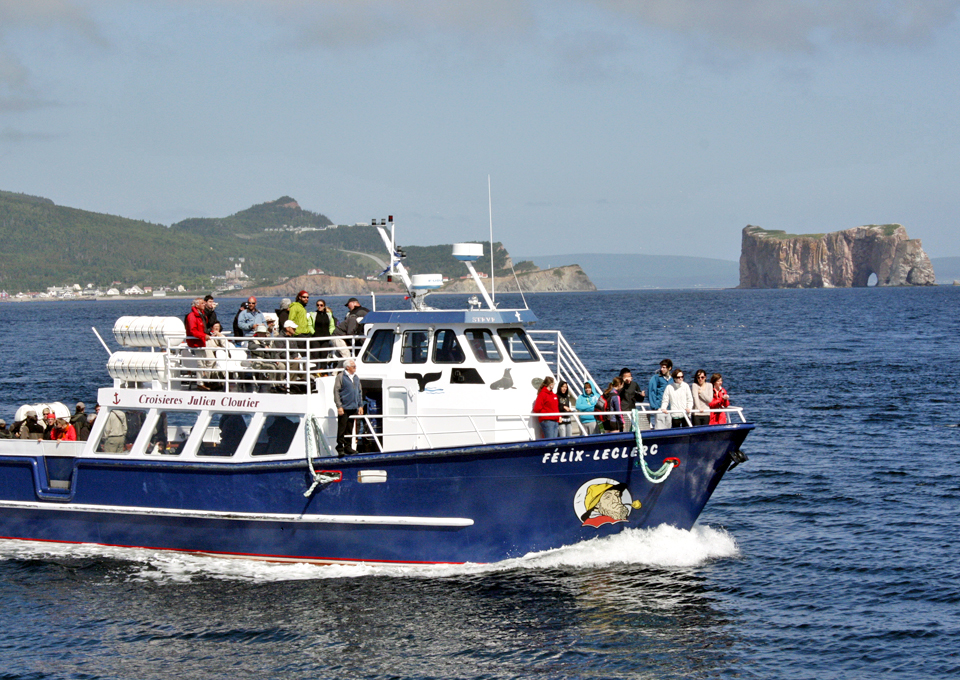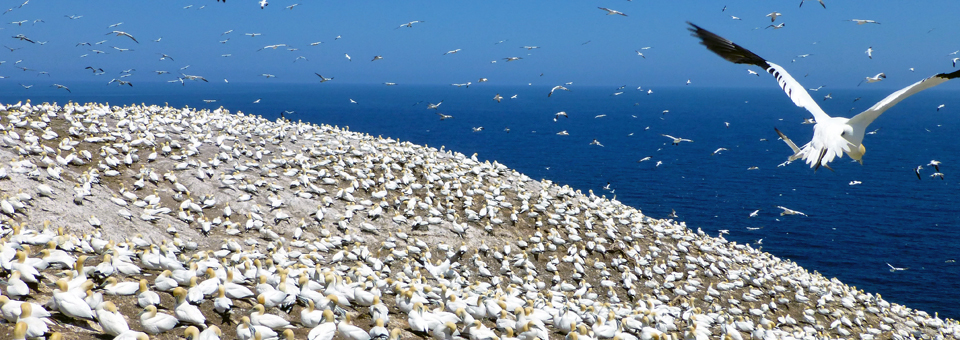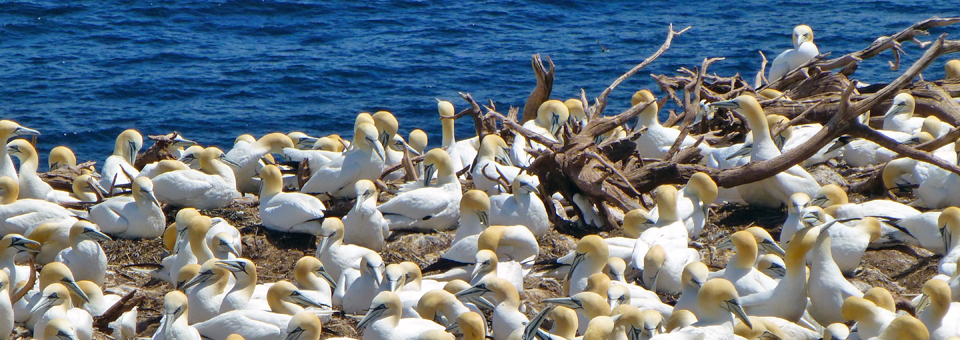La Gaspésie: The Gaspé Peninsula
When we want a leisurely and convenient Old World experience we think of Canada’s French-speaking region, Québec province. It offers the allure of being immersed in another language and its culture without the need for a transatlantic flight. And even if your French is limited to bonjour, traveling here will be a breeze since nearly everyone that vacationers encounter is conversant in English.
our dinner — “homard à volanté”, all-you-can-eat lobster, at the Riôtel Percé in the Gaspé Peninsula
Bread somehow tastes better when it comes from a boulangerie. Cheese is more savory at a fromagerie, and who wouldn’t want to savor homard, coquille, or pétoncles fresh from the sea?
Most of the people of Québec province live in the more urban area between Montreal and Québec. We discovered the playground of these city-dwellers, a place seldom stumbled upon by those outside the region.
The Québecois are drawn by the natural beauty and rural charm of the Canada’s Gaspé Peninsula, la Gaspésie, on the eastern tip of the province. It runs along the south side of the St. Lawrence River out to the Gulf of St. Lawrence. It is mountainous in the middle with most people living along the coast.
The Gaspé Peninsula is about the size of Belgium, which has a population of about eleven million. Yet there are only about 100,000 total residents in all five of the peninsula’s regions — The Coast Upper Gaspé, Land’s End, Bay of Chaleur, and The Valley. We visited two of them, The Bay of Chaleur, in the south, and Land’s End, which is, as it sounds, on the easternmost part.
History
The Mi’kmaq Indians came to the area to hunt and fish. The Vikings who lived in Newfoundland were probably here, as well, and Basque and Breton fishermen arrived long before Jacques Cartier “discovered” it for King Francois I of France in 1534, erected a cross, and made Gaspé the “Birthplace of Canada”. Samuel de Champlain followed in the next century, and among other things, mentioned a pierced rock.
With the Age of Manifest Destiny and colonization of North America came clashes between the expanding empires. During the mid-18th century Seven Years War, (called the French and Indian War in America), the French colonists in Nova Scotia, who were known as Acadians, were evicted in the Great Expulsion, or “Le Grand Dérangement”. (Remember Longfellow’s Evangeline?) About a third died of disease or starvation, and many eventually settled in Louisiana, where they became known as Cajuns.
Around two thousand of the Acadians fled and settled in the Bay of Chaleur region of the Gaspé Peninsula. They continue in their resolve to preserve the only thing they could bring with them–their heritage.
Those who settled in the Gaspé Peninsula were isolated for many years, which strengthened their traditions and unique identity. Their dialect is an Acadian French, and in some areas the distinctive accents can be difficult to understand — even to the Québecois.
The Gaspé Peninsula: Third most beautiful destination in the world
In 2009, the National Geographic Society named the Gaspé Peninsula the third most beautiful destination in the world, after the Norwegian fjords and the Kootenay and Yoho National Parks in British Columbia. It also listed the Gaspé Peninsula one of the fifty worldwide destinations to visit in a lifetime, and named it one of the 20 Best Trips of 2011.
Over forty lighthouses are found along the peninsula’s Lighthouse Trail. There are provincial and national parks, wildlife reserves, and charming coastal villages. Some of highest mountains in eastern Canada are found in the Parc National de la Gaspésie, and it’s here we find the northeastern tip of the Appalachians. This area of maritime Québec is a spectacular landscape of sparkling lakes and dense forests, lush meadows and mountains, roaring oceanfront and sandy beaches.
There are herds of caribou, colonies of seabirds and many species of whales. Popular pastimes are biking, hiking, kayaking, canyoning, and fishing. In winter there’s downhill skiing, snowmobiling, and dogsledding.
Acadians and Mi’kmaq, French and British
To better understand the area, we began at the Battle of the Restigouche National Historic Site of Canada at Chaleur Bay. After the British captured Québec, France sent a fleet to get it back.
The final naval battle between the French and English for control of New France took place here in the Restigouche estuary in 1760, right in front of the interpretation center. The British prevailed, but did not go ashore, for fear of attack from the resolute Acadian musketmen and their allies, the Mi’kmaq.
The remains of the 18th-century French frigate Machault were recovered in these waters and many original objects are on display in a setting that recreates shipboard life.
Loyalists
Our guide at the at the 82-acre Gaspésian British Heritage Village in New Richmond waved to her father, who was one of the volunteers working on a building. They are descendants of Loyalists, she told us, who settled there after the American Revolution.
British military officers and soldiers were given land here after the English Conquest. The five hundred or so United Empire Loyalists who came to Canada from America were the area’s first Anglophones. The places they settled have English names like New Carlisle and Hopetown.
All but one of the living history center’s twenty-four restored period buildings were transported here. Furnishings were donated as a way to share the heritage of the Anglophone community–Loyalists, the Scottish, Welsh, English, Irish and Channel Islanders — who settled along the Gaspé coast. We toured the homes and farm buildings, smithy, store, tea room, and the schoolhouse our guide’s parents and grandparents attended.
Family heirlooms from area basements and attics are found throughout–like the World War I jacket belonging to the great-grandfather of curator Rachel Dell that is inside the military museum.
The Village’s most popular event is the week-long family oriented Traditional Days Bluegrass Music Festival, usually held in late August.
The fishing industry
To learn more about the fishing industry in Gaspésie we headed for Banc-de-Pêche-de-Paspébiac Historic Site. There are eleven 18th and 19th century buildings from the two largest dry-salted cod export fishing companies–the Charles Robin Company and John LeBoutillier & Company. LeBoutillier was an employee of Charles Robins Company who married into the family, and his business became part of the Robin’s family business after his death.
Charles Robin heard of the prosperous cod industry around Newfoundland and established his headquarters in the 1780s here in Paspébiac, a windy location suitable for salting and drying the fish. He brought skilled carpenters and shipbuilders from his home area, Jersey, in the Channel Islands, and paid local fishermen in goods from the company store. His “Gaspé Cured” cod business became the largest on the Gaspé coast. The area was devastated when Charles Robin & Company closed in 1886 after an official of its Jersey Island bank gambled away the assets.
There were trap doors, winches, and a pulley system for moving barrels throughout the LeBoutillier warehouse, the largest wooden structure in North America built between 1845 and 1850. It was used for storing and drying fish.
Commercial fishing comes to life at this site with theatrical performances, multimedia exhibits and traditional shipbuilding, net-mending, blacksmithing and barrel-making demonstrations. Seafood, of course, is featured in the restaurant, and there’s a retail outlet in the fish processing plant.
The buildings were about to be destroyed in 1977 when the local people organized to restore them and preserve their history.
African rock
Our next destination was Percé, about 30 miles away in Land’s End. It is a popular village for vacationers that teems with restaurants and little shops featuring paintings, sculpture, ceramics, jewelry, and sand and stone art.
Not to be missed is Martin Boucher Arsenault’s unique nature-inspired hand-crafted jewelry at Wazo, the apt and phonetic form of the French word oiseaux (birds). The local green Gaspéite is a favored choice.
We boarded the Les Bateliers de Percé boat for an up-close view of the landmark Percé Rock (Pierced Rock), a colossal limestone formation covered in fossils. It was once part of Africa and is a striking example of the power of not only plate tectonics but also the sea. Three hundred tons of rock are eroded from this 375 million year old five million ton rock every year. Waves have created a hole that’s over 65‘ high. The adjacent 147’ obelisk used to be connected by an arch.
Birds, birds, and more birds
The excursion continued to Bonaventure Island, which with Percé Rock is a Canadian National Park. We spotted minke whales by watching where the seabirds were diving for fish, and were captivated as we cruised past seemingly endless swarms of sea birds on the cliffs.
Once on the island, we chatted with park ranger Carole Couet, who related colorful stories of the Northern gannet bird behavior she has observed. We hiked a wooded trail, uphill for the first part, but well worth the effort for the unparalleled spectacle–a plateau that is part of the colony of 120,000 northern gannets. It’s the largest and most accessible northern gannet colony in the world and the largest migratory bird refuge in North America.
We watched, spellbound, from a shed in the midst of the colony as birds swooped in, seemingly oblivious to our presence, with a bit more nesting material or some gathered food. A returning gannet would stand in front of his or her mate and, in a behavior known as fencing, both would extend their necks and seem to cry while rubbing their beaks together and opening their wings a bit. The pairs would preen one another, not for parasites, we were told, but as a bonding ritual.
We had reached the pinnacle of our peninsula experience. We ended our visit with another experience in la joie de vivre. Since we were there during lobstering season it was “homard à volanté”, all-you-can-eat lobster, at the nearby Riôtel.
For more information go to the Québec Maritime or
Québec Tourism websites.

